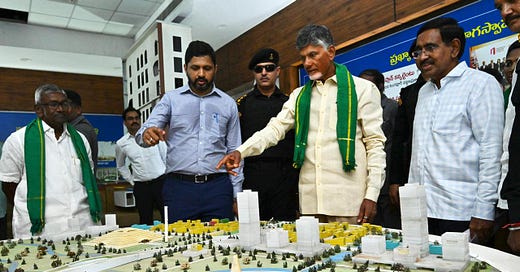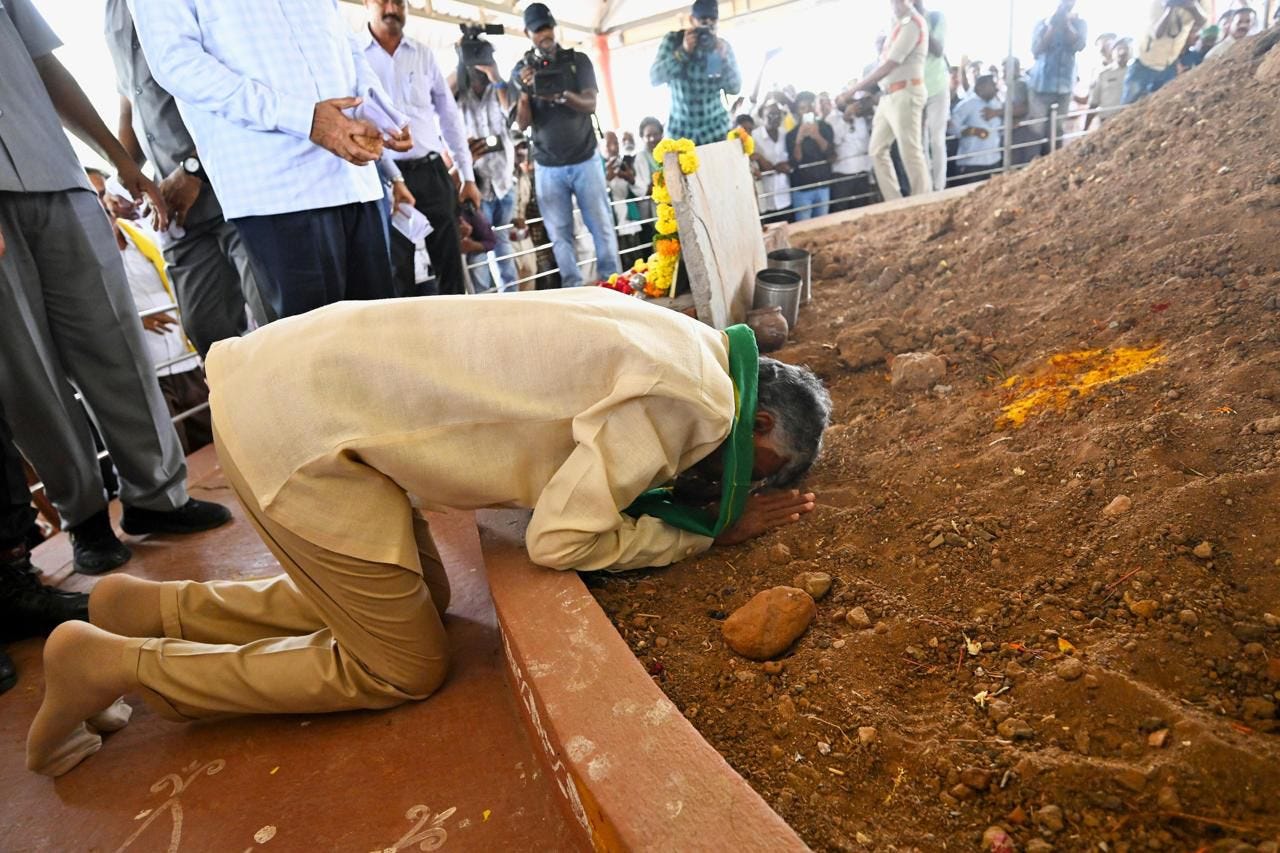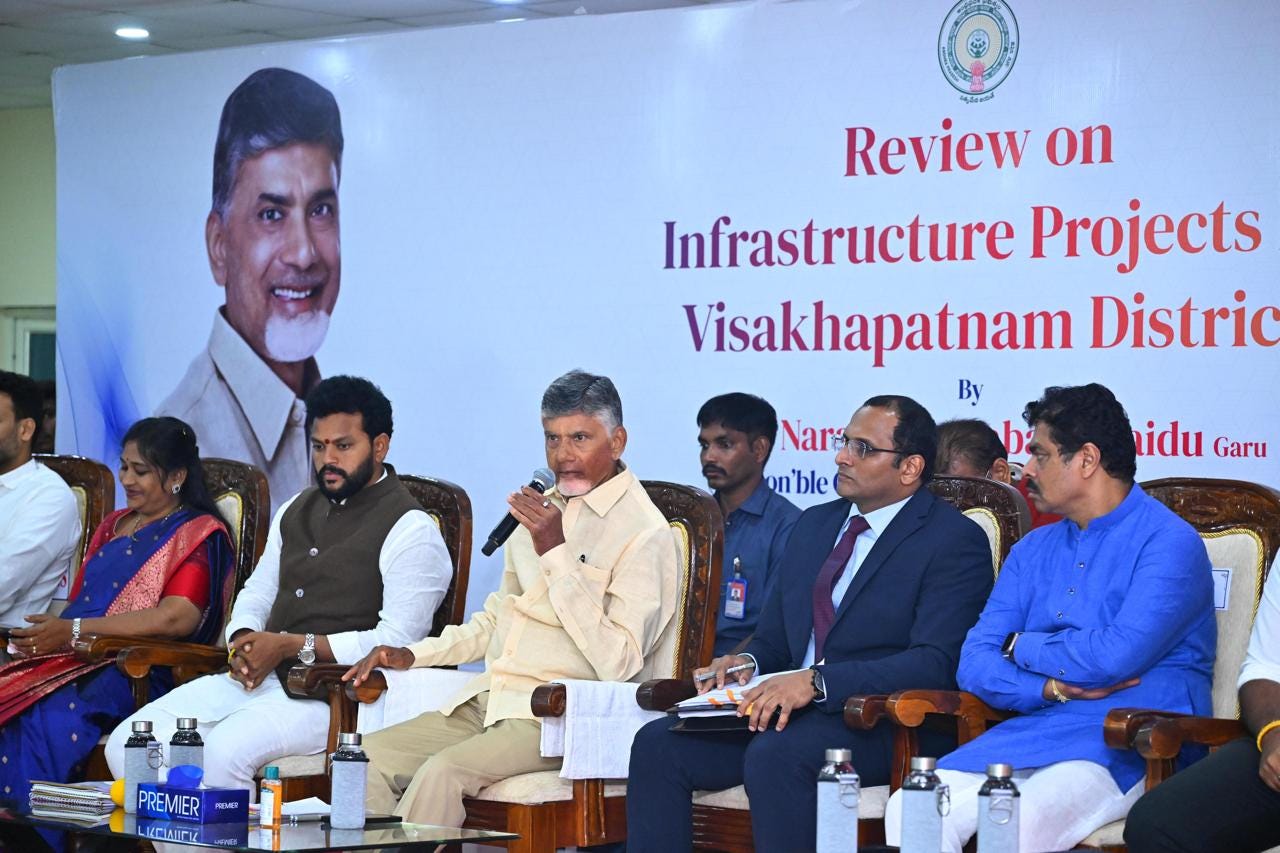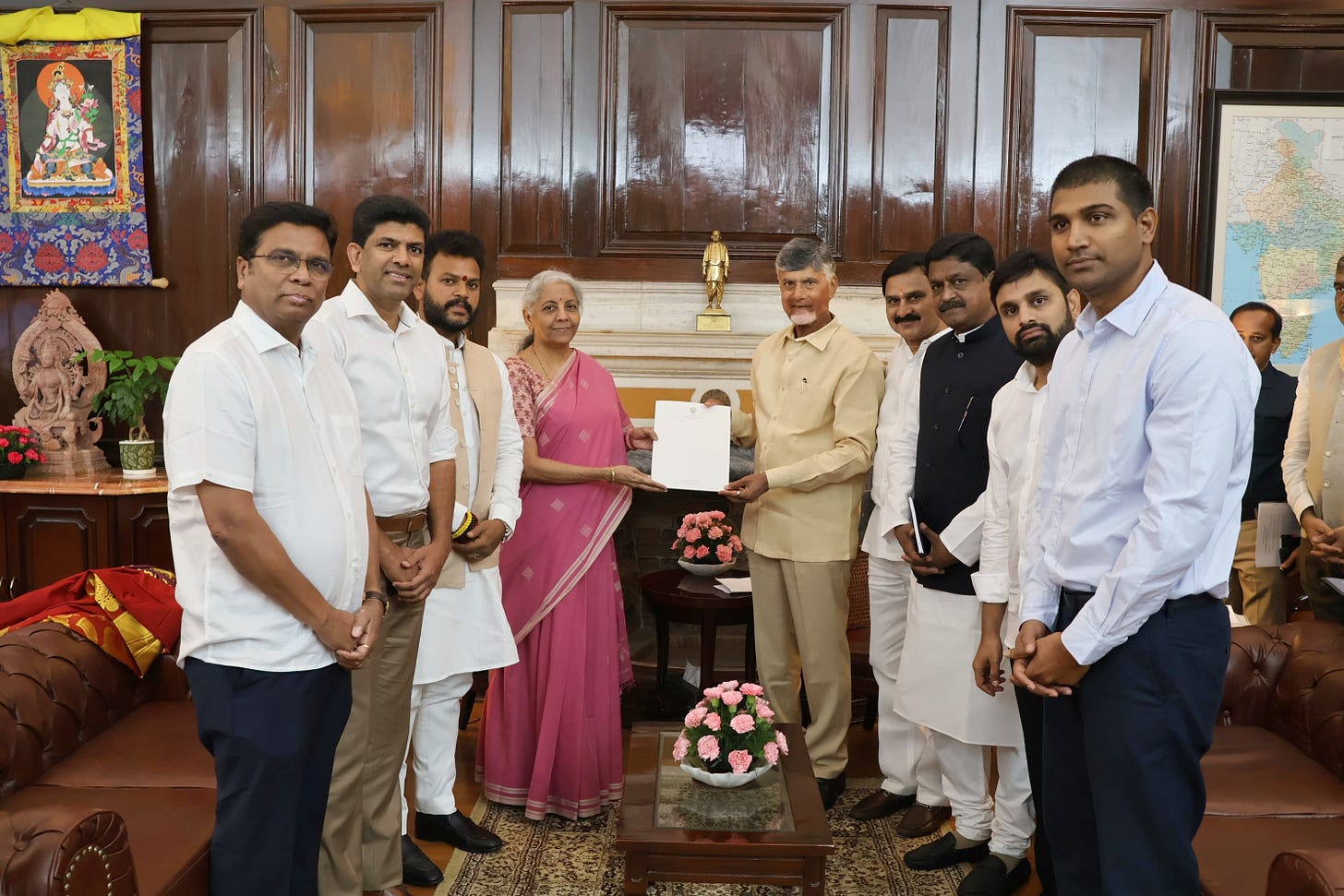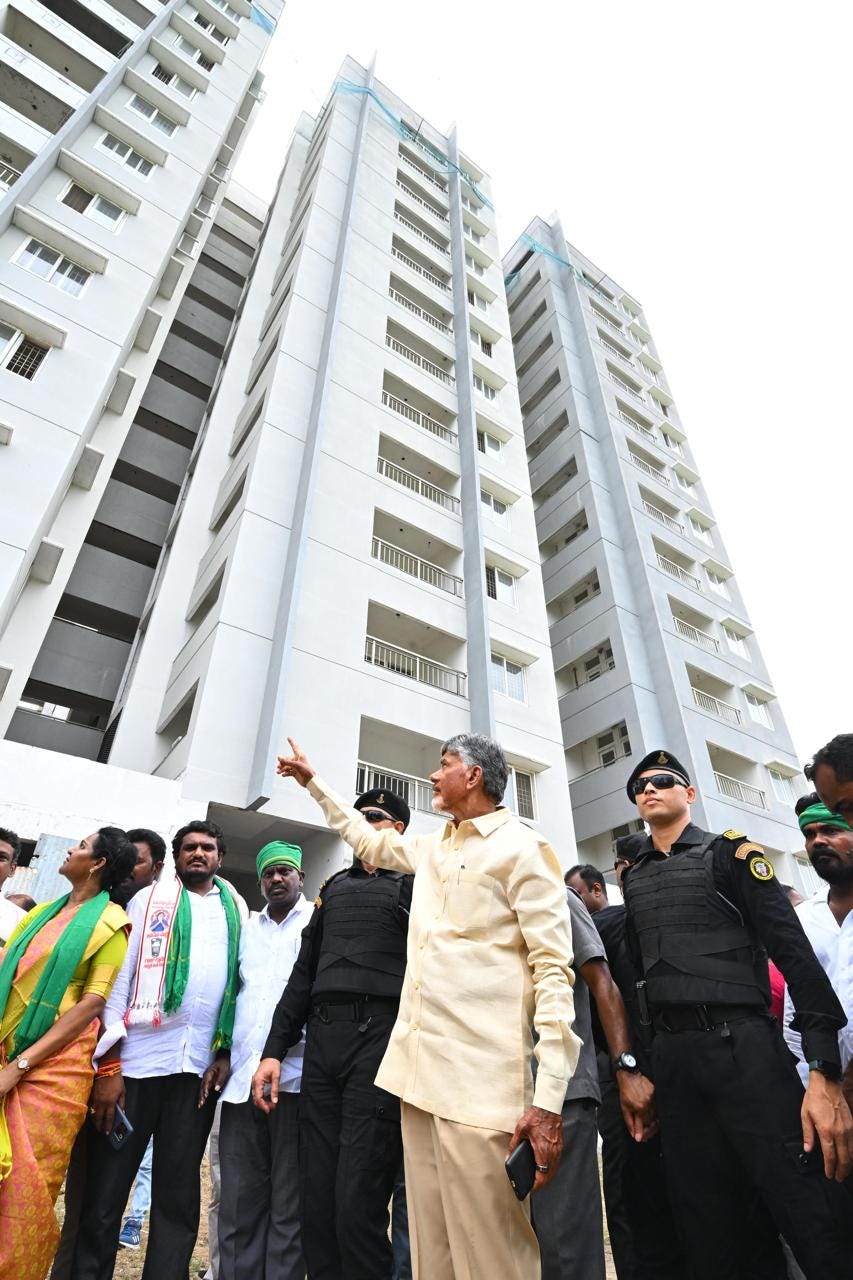Introduction
The saga of Amaravati, as the capital of the residual state of Andhra Pradesh, presents a compelling narrative of regional development, political rivalry, and complex legal disputes. This narrative is shaped by the contrasting visions of two Chief Ministers, Chandrababu Naidu and Jagan Mohan Reddy, each steering the state's new capital city in different directions after bidding farewell to Hyderabad—the City of Nizams, which became the capital of Telangana following the bifurcation of the united Andhra Pradesh.
Conception and Planning of Amaravati
Following the bifurcation of Andhra Pradesh in 2014, there emerged a need to establish a new capital as Hyderabad was set to remain the joint capital of Andhra Pradesh and Telangana for only ten years. Chandrababu Naidu, the then Chief Minister, chose Amaravati as the site for this ambitious greenfield city. Inspired by global standards, Amaravati was envisioned as a world-class urban center, with significant contributions from the Singapore government and its firms in master planning. The city was planned to extend over 30,000 acres, utilizing a Land Pooling Scheme (LPS) that involved over 25,000 farmers. This innovative approach offered farmers developed urban plots in return, hoping for significant appreciation in value, thus conserving scarce capital resources (no pun intended).
Land Pooling Scheme and Funding
The Land Pooling Scheme was pivotal to the Amaravati project. This method was selected to circumvent the typical controversies associated with compulsory land acquisition, such as disputes over compensation, land quality classification, and potential enhancements of acquisition awards by the courts. Financially, the project's costs were projected to surpass Rs 50,000 crore, with anticipated funding from the Central Government, World Bank, Asian Development Bank, and public-private partnerships. Nonetheless, allegations of insider trading and preferential treatment under Naidu's administration emerged, suggesting that close associates of the ruling TDP may have benefited from prior knowledge of the capital's planned location.
The Controversial Shift and Introduction of Three Capitals
The political landscape shifted dramatically with the election of Jagan Mohan Reddy in 2019, under whose leadership the YSRCP government proposed a tri-capital plan. This plan was to see Amaravati as the legislative capital, with Visakhapatnam and Kurnool serving as executive and judicial capitals respectively. This move, argued by Reddy, was aimed at ensuring balanced development across the state but was perceived by critics as a tactic to dilute TDP's influence. The decision led to widespread legal battles, culminating in a significant ruling by the Andhra Pradesh High Court in March 2022.
Judicial Intervention and the High Court's Verdict
The Andhra Pradesh High Court delivered a landmark judgment in March 2022, asserting that Amaravati must remain the sole capital. The High Court decreed that the legislature did not have the authority to enact a law designating three capitals and ordered the completion of infrastructure in Amaravati within six months. This decision was subsequently challenged in the Supreme Court by the Reddy Government, which led to a partial stay on the High Court's orders.
Personal Commitment of Chandrababu Naidu
Shortly after being sworn in as Chief Minister, Chandrababu Naidu visited the Amaravati site on 20th June and kickstarted the work. He expressed his commitment through a poignant tweet: “Amaravati isn't just a capital, it's a collective symbol of the aspirations of our people of Andhra Pradesh. The manner in which the YSRCP regime disregarded these aspirations, brutalized our farmers, and destroyed our capital, left us deeply pained. Today, I conducted an inspection of the Amaravati region and assessed its current state. We shall resume building our capital together, starting today. Amaravati is God's will, and destiny has found its course.”
These heartfelt and powerful words highlight not only the official commitment of the Andhra Pradesh Government but also the personal dedication of CBN.
Change of Political Guard and Revival Efforts
With the TDP's return to power in 2024 and Chandrababu Naidu at the helm, now officially part of the NDA government led by Prime Minister Narendra Modi, efforts to revive the Amaravati project and accelerate its development have been vigorously renewed. Naidu has been actively seeking to re-establish partnerships and secure funding, despite ongoing legal and political challenges. While the state's full commitment to Amaravati is assured, its future still depends on the ongoing Supreme Court proceedings and the political will of the Central Government.
Echoes of the Vijayanagar Empire: The Aspirational Tale of Amaravati
The tale of Amaravati transcends mere administrative decisions; it embodies the aspirations and historical continuity of regional development in India, reminiscent of the grandeur of the Vijayanagar Empire. At its zenith in the 15th-16th centuries, particularly under Emperor Krishnadevaraya, the empire exerted control over most of the areas that today comprise Andhra Pradesh and Karnataka. It significantly influenced the political, economic, and cultural tapestry of the region during the late medieval period.
The quest to resolve Amaravati’s status is thus not solely about withdrawing legal challenges but involves complex negotiations among various stakeholders to restore a semblance of its historic glory. The objective is not merely to reach an executive decision but to forge a consensus that promotes regional growth and stability. As this contentious issue unfolds, there remains a cautious optimism, essential for achieving a definitive resolution that could position Amaravati as the "Indraprastha of the South", echoing the illustrious past of a great Hindu empire.

